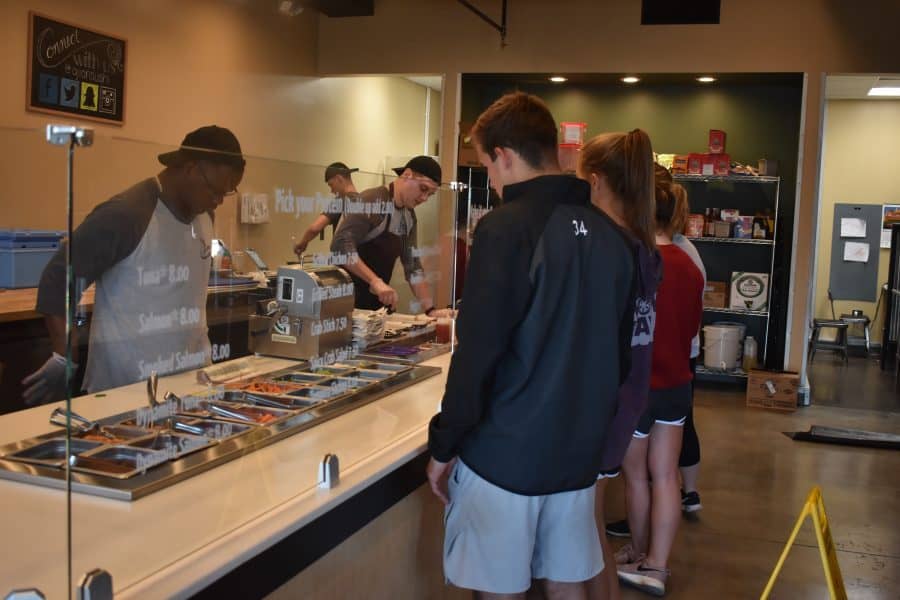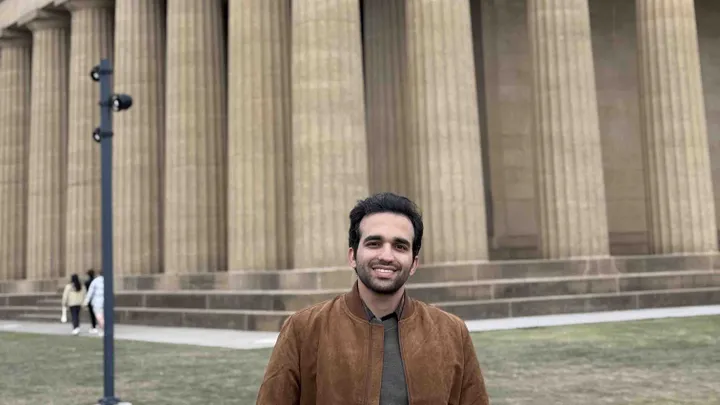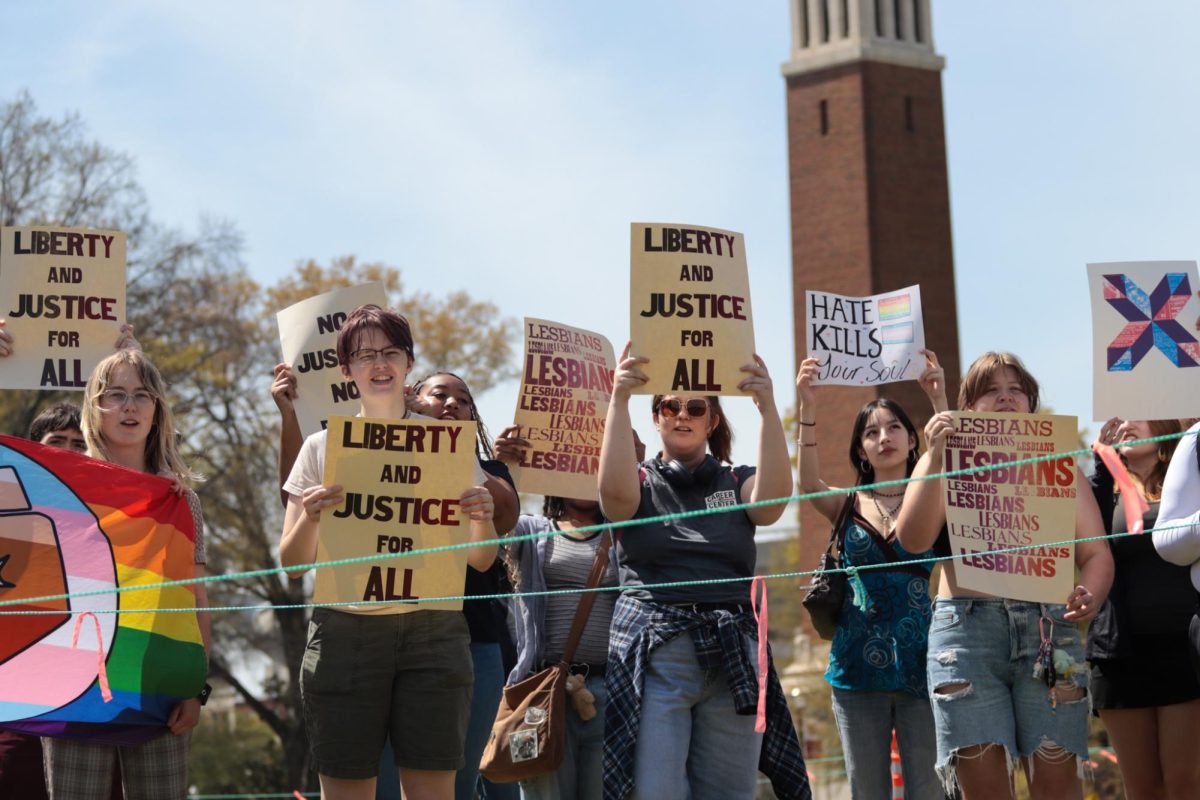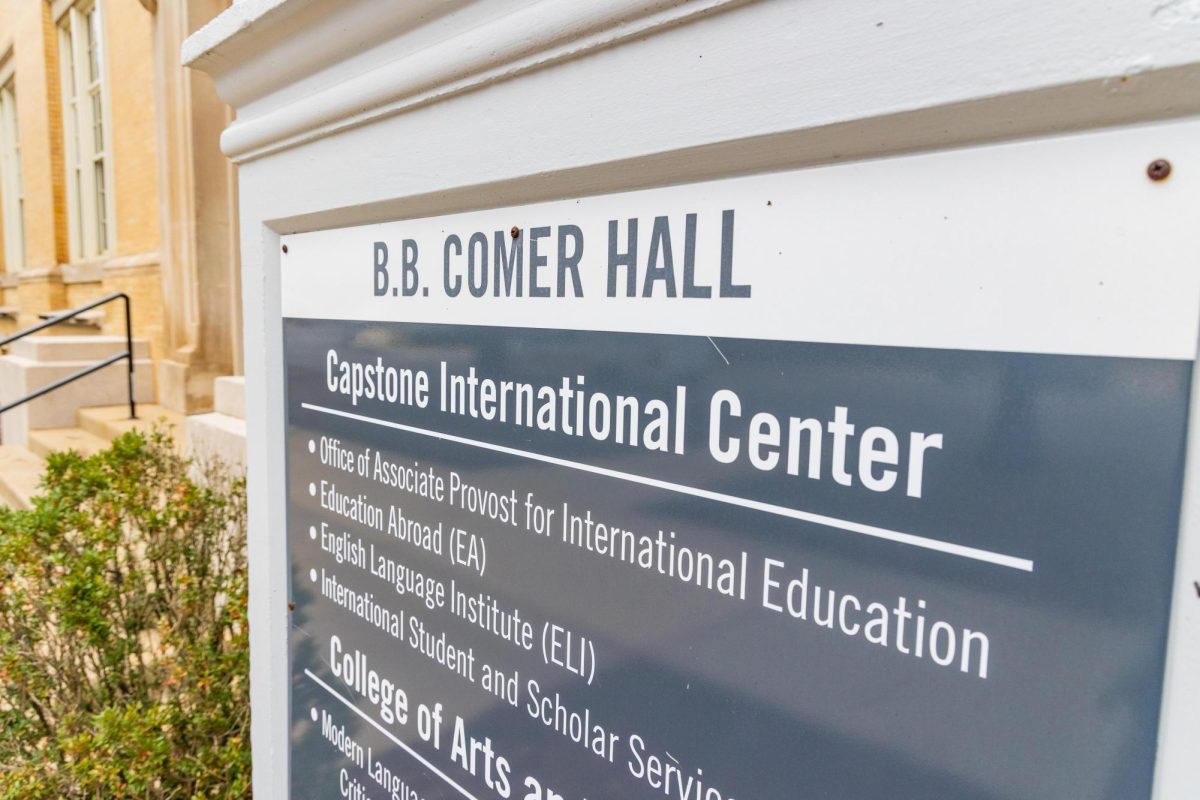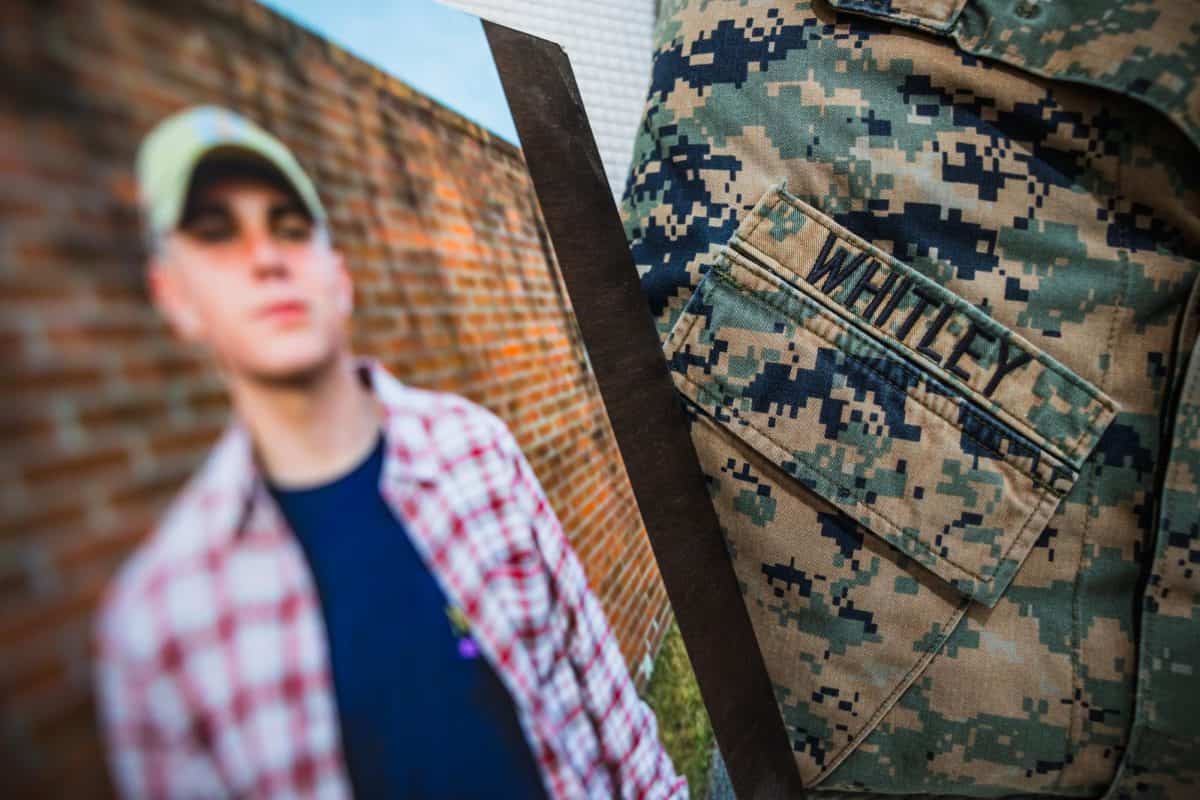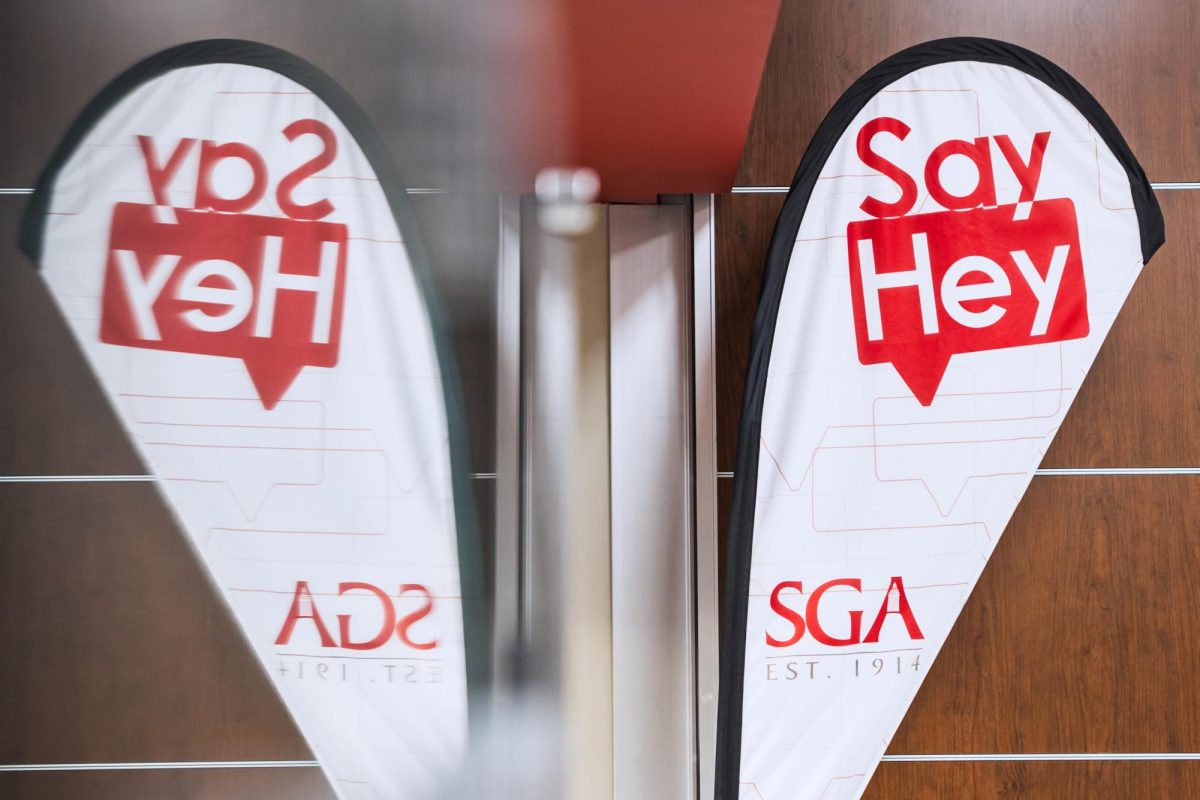Going to a local restaurant, eating a good meal and seeing familiar faces make food fundraisers enjoyable for Baylee Clark. But getting other students to join in the fun and support a good cause has proven difficult.
Often, food fundraisers called “percentage nights” are be held at restaurants on The Strip or in Midtown. Typically an organization partners with a restaurant and promotes the event. On a certain night, a percentage of an establishment’s revenue goes to the organization.
These fundraisers are common, but do they actually help groups raise money?
For Clark, a junior majoring in public relations and president of the Student Alumni Association, the past few food fundraisers at Panera, Jason’s Deli and MOOYAH did not go well. Clark said she doesn’t think they had many people from outside of the organization come.
“I mean you have to eat anyway, so I enjoy them,” Clark said.
Because of poor turnout at the Student Alumni Association’s last three percentage nights, Clark said she found in order to have a successful percentage night, they need to incentivize people to go. So, the organization decided to make the next percentage night on Friday at Chipotle a Greek point to bring in Greek members as well.
Pam Parham, MOOYAH local store marketing specialist, said successful percentage nights depend on the group. She said a host who is enthusiastic and gets organization members excited and shows up is more successful versus the organizations that aren’t as engaged.
MOOYAH’s donations vary. The organizations that really show up can make a couple hundred dollars, but the ones that don’t come can make $10, Parham said.
“I also believe if you have a lot of fundraisers – these type of restaurant fundraisers – then they start to become wallpaper, but the ones that execute them really well or are, you know, marketing them well and promoting them on social media and in meetings and really engaging with their people, those are the ones that show well,” she said.
Peter Zimmer, owner of Ajian Sushi, said they host a percentage night once every couple months and have been pretty successful.
His original setup was that if anyone who made a purchase and said they were with the organization holding the fundraiser, Ajian would donate 20 percent back to the group.
The problem was, he said, a lot of the people coming in did not know they were supposed to say they were supporting the fundraiser.
“There was sort of a communication error, and so we would do an event and we might have 44 people that said they were here for the fundraiser, but I would look at my sales and say, ‘Ok I know I did a lot more sales tonight than I generally do so there had to have been more than that,’” he said.
To correct this, he told people setting up fundraisers moving forward that instead of donating 20 percent of sales from whoever says they are with the fundraiser, Zimmer now gives 10 percent of sales from everyone who comes in during the percentage night’s time frame. Ajian held one last weekend with Sigma Chi for Derby Days, and he said that generated about $240 for the fraternity.
Zimmer said Ajian tried to take fundraising to the next level in February, creating a fundraiser called “Philanthropy February.”
Ajian had 21 different sororities and fraternities run a week-long contest, and organization members would go in and say who they were representing, and workers at Ajian had white boards to tally each representation. Ajian donated $500 to the philanthropy of whoever showed the most tallies at the end of the week.
However, this did not end up being worthwhile for Ajian because they did not bring in enough customers for $500 to be 10 percent of sales, which was Zimmer’s intention.
The UA Eventing team has done a couple of percentage nights in the past month, and the most beneficial one for the organization was at Pyros Fire Fresh Pizza. Because a percentage comes from sales from anyone who made it known that they were supporting the organization, Pyros made it easy for the Eventing Team to make money because they asked people at the counter if they wanted a percentage of their sales to go to the organization.
“They were just super helpful,” said Sammie O’Brien, a senior majoring in public relations and treasurer of the Eventing Team. “Most places don’t really care to advertise or let everyone else know that we’re having a percentage night, but at Pyros, everyone that came through the door, they were like ‘Hey, do you want 15 percent to go to the Eventing Team’ yada, yada. The staff was just very nice and advertised it, and it was great.”
The Eventing team raised about around $200 for new gear, which she said is a good motivator to bring people to the percentage night.
“It’s nice to kind of like give – it’s an incentive for everyone else to come,” she said. “Like ‘Hey, this is beneficial, come eat and you get to give to the team, and we get more gear and up-to-date gear,’ so it’s nice to kind of bring everyone together in an additional way besides riding horses.”
Regardless of a few mishaps, percentage nights are a way to advertise and get the community involved in fundraising.
“First and foremost, it gives us exposure, so it’s advertising for us,” Zimmer said. “When AJ [McCarron] and I put this concept together, one of the things we both felt very strongly was using this format as a way to give back, and so we want to support the people that support us and the work that they’re out there doing as well.”
Parham said MOOYAH has been doing fundraising from the beginning.
“We have an 11-year-old brand, and we believe in community and one of our mottos is ‘hometown, home team,’ and that’s a part of it,” she said. “And, we love to give back and you know it’s great getting new people, and it’s a way to get new people in, and if you haven’t been in in awhile, it’s great to get them back in, so it’s a win-win for us.”



